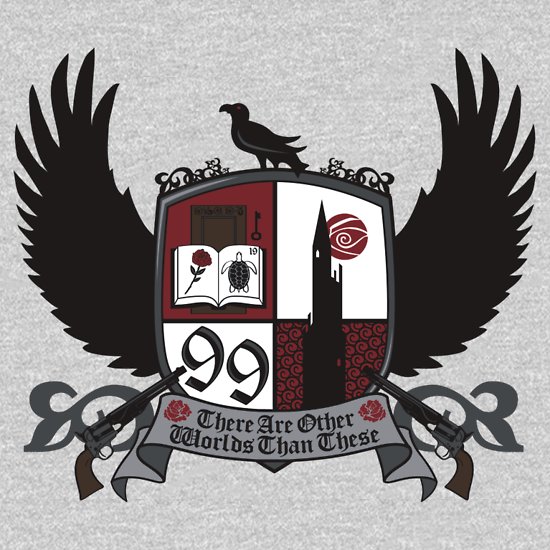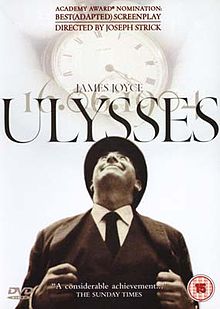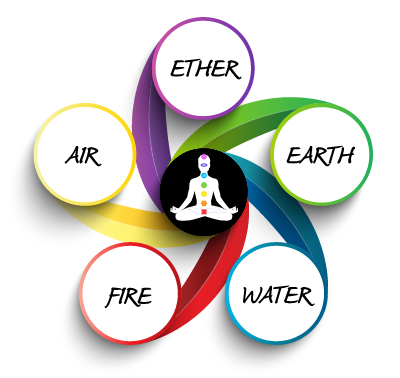In my post of November 19th (Climbing and Jumping the Black Tower) I’ve been expanding upon the theme of how the five main protagonist of the Maharajagar are personifications of the Pandava brothers in the Mahabharata and how the Dark Tower series of Stephen King inspired me to bring these characters together in a multiracial Qi’tet.

Now I would like to elaborate a little upon the individual members of this Qi’tet concerning their literary and historical backgrounds. I will do so in the order they’re introduced in The Beginning, the first part of the Maharajagar.

- Minik Wallace’s Inuit name was Piugaattoq. He was brought as an Inuit child from Greenland to New York by the explorer Robert Peary in 1897, together with his father and four other Inuit to be studied by the staff of the American Museum of Natural History. This is a protagonist based upon a person that has really existed and part of his story and background are based upon real historical facts, although I’ve added some fabricated facts for the sake of my own story telling (readers have to keep in mind that this is a historical fantasy). He personifies the third Pandava called Arjuna. His supernatural powers are related to the0 aspect Fire.
- Fa-Hien is the son of a Chinese man and a Caucasian woman. He’s a fully trained Wushu Master with a deep knowledge of Taoist philosophy, rituals, medicine, and martial arts. Upon his ordination as a Taost warrior monk he received from the abbot of the monastery his new name: Wen-Zanzcheng (“The One Who’s Steady in War”). This character sprouted mostly from my own imagination and he personifies the first Pandava brother Yudhishthira. His supernatural powers are related to the aspect Ether.
- Mahmoud Al’Ein had been a precocious child, growing up in a poor Nigerian neighborhood without a father and with his American-Liberian mother. He was sent further up the educational ladder by a succession of impressed headmasters till he won a scholarship to study in Oxford. This protagonist is inspired upon Mustafa Sa’eed, the main protagonist in Season of Migration to the North (1966) by Tayeb Salih. He personifies the fourth Pandava brother Nakula. His supernatural powers are related to the element Earth.

- Sahadeva, commonly referred to as Sheeva, is a Tamil of Pondicherie, a town in Tamil Nadu, the capital of a French Overseas Department in a colony called French India (Établissements Français dans l’Inde). Sheeva was the youngest child of a middle-class family belonging to the Komati caste. Sheeva’s family could afford to send him to the French Lyceum, where he was an intern. During his last semester, a fire broke out in the kitchen of the huge family house, and his whole family perished in the flames .Next to silambam (a weapon-based martial art of India), Sheeva has only three other passions: astrology, cooking, and how they were intertwined. He personifies the fifth Pandava brother with the same name Sahadeva and his supernatural powers are related to the aspect Water.

- Alec Bannon and Millicent Bloom are both Irish and met each other in Westmeath, where she was a fifteen-year-old apprentice photographer and he was twenty, a young freelance journalist contributing nature articles to a major Irish newspaper. They’re minor characters in Ulysses by James Joyce and are inserted as a tribute to the writer who inspired me to dress up the skeleton of an old literary masterpiece with my own story telling. Alec personifies the second Pandava brother Bhima. He has an affinity with the aspect Air.


I like how these all tie into the elements! Very interesting ideas!
LikeLike
I use the supernatural element mostly as a vehicle between the different cultures. It’s sometimes a brain-breaker.
LikeLiked by 1 person
It’s fascinating!
LikeLiked by 1 person